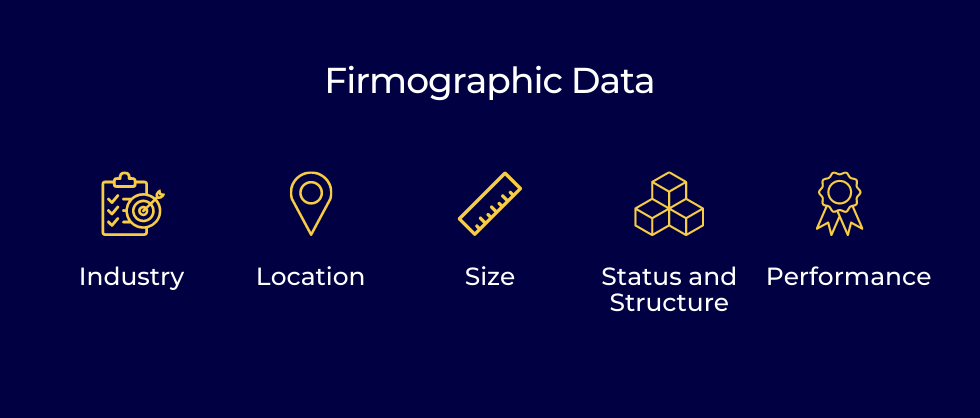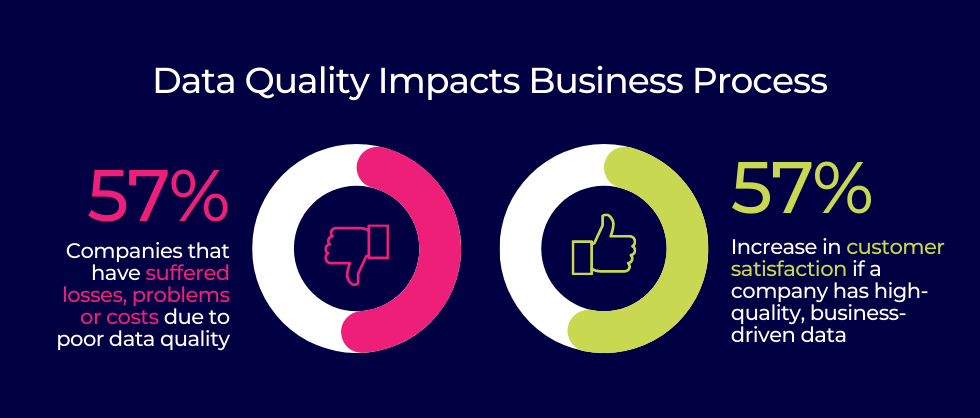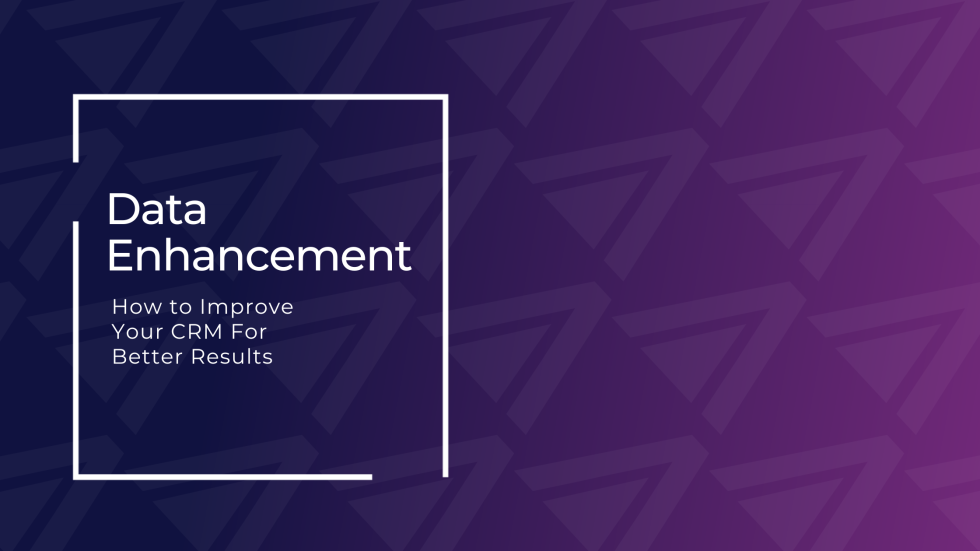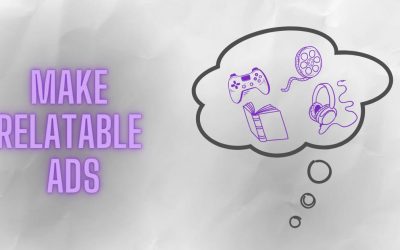What’s data enhancement, and how can it help you get better results when marketing your B2B business.
We’ll answer that in this article, plus explain how to implement data enhancement in your business (while sidestepping all the common pitfalls other businesses make).

First, let’s start with a basic definition.
Data Enhancement: What Is It?
Data enhancement is the process of improving your existing data inside a CRM or other database by partnering with a third-party data provider to add more data to each customer or account.
This enriches your existing data collection and paints a clearer picture of your customers or accounts.
Data enhancement is also known as data enrichment, data appending, or data augmentation, and it’s an important part of data-driven marketing.
Why add more data?
The point of data enhancement is not to get the most data possible but to get enough data to make better decisions in marketing and sales.
You might include data like:
- Age, birthday, gender, marital status, etc.
- Location data
- If they own a home or not
- Professional status or occupation
- Financial status, like outstanding loans or credit score
- Health
- Preferences and behavioral data
- What resources they’ve downloaded
- Firmographic data (especially important for B2B marketing)

Is This Different From Data Hygiene?
You may have also heard of the term data hygiene, which is slightly different from data enhancement. Data hygiene is the idea of keeping your data clean, organized, and up-to-date (like giving your data a good bath), while data enhancement is adding more information that you didn’t have before.
Examples of Data Enhancement Tools
Third-party data enhancement tools can provide more insights into your customers or accounts. Some examples are:
- InsideView
- Clearbit
- ZoomInfo
- LeadGenius
- Enricher.io
- Crunchbase Enterprise
So why is data enrichment important? Here’s what happens before and after you implement this strategy:
How Data Enhancement Helps B2B Businesses
Without data enhancement, a lack of data can lead your business in the wrong direction for both marketing and sales.

Without enough data points on your accounts, you can miss buying signals and lose out on warm leads for your products and services. You could be marketing to email addresses that aren’t even being used, thinking you’re reaching a large audience when in reality, you’re not.
According to Gartner, low-quality data costs businesses an average of $12 million every year. Yet it’s simple to integrate with data providers to fill the gaps in your CRM.
When you do implement data enhancement, the difference is night and day:
- You have all the information you need to make informed decisions for marketing campaigns.
- You can pick up on buying signals more easily, leading to more leads and conversions.
- You get data quickly rather than waiting for your customers to take action on your own website.
- You save money and time because you won’t find yourself marketing to out-of-date accounts.
- You’ll develop a better understanding of your audience because you have more data to categorize and describe them.
- And your customers will have a better customer experience because you can know more about them and tailor your messages to each one

How to Enrich Your CRM Data For Better Results
Here are 7 tips for enriching and enhancing your CRM with more data:
- Do an inventory. Look through your current database before attempting to add anything new. See what you have, what’s missing, and what opportunities there are to enhance your data.
- Clean house first. Fix any errors and ensure your data is clean before proceeding with data enhancement.
- Review your marketing goals. Your most important KPIs will determine the types of data you want to add to your database.
- Decide what’s “enough”. You don’t need to know everything about your customers or accounts, just enough to make good decisions. So how much data will be enough for your business?
- Set data standards. Make data quality standards for your entire organization. How will data be collected, and in what format? How will you ensure it’s accurate and up-to-date? How will you share data across teams?
- Partner with trusted data providers. You’ll find more than enough businesses that can sell you data, but make sure to vet each one to find a company you can trust.
- Evaluate your data sources. Understand that not all data collected is the absolute truth. Consider the source and what biases or errors might be at play, so you know how much consideration to give that piece of data during your decision-making process.
Conclusion
To sum up: data enhancement is the process of improving existing CRM data by adding more relevant data points to each customer or account.
That data can include personal characteristics of individuals or firmographic data of the businesses you’re targeting.
Enriching your data is important because it gives you a better picture of your target customers, which allows you to make better marketing and sales decisions. Without that extra data, you could be missing out on valuable leads for your products and services.

The best way to enhance your data is by cleaning up your existing CRM, deciding what kind of data will help you reach your marketing goals, and then finding a trusted data provider to partner with.
Now that you understand the importance of data enhancement for your marketing strategy, we recommend you read this article next: What Is Intent Data? Why It’s Important & How B2B Marketers Can Use It







